#dike
Text

Eirene and Dike
No Peace without Justice
#greek mythology#greek pantheon#Dike#eirene#greek goddess#Themis#Horae#goddess of justice#goddess of peace
772 notes
·
View notes
Text
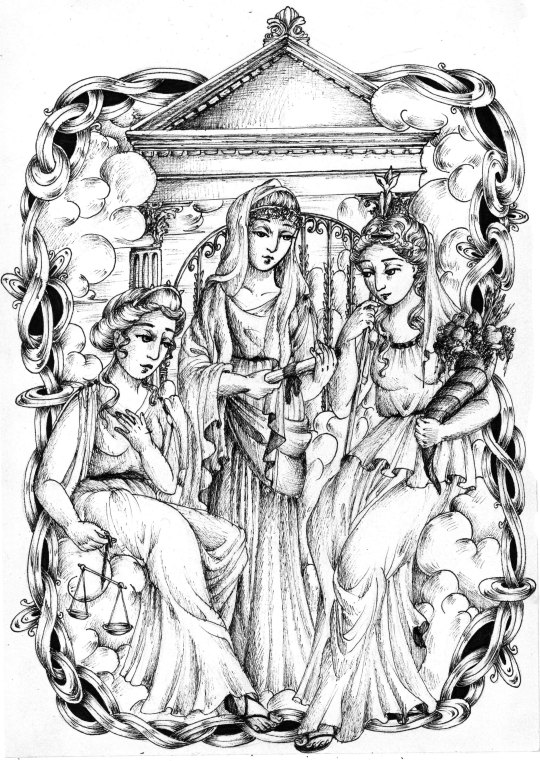
Dike, Eunomia, and Eirene by the gates of Olympus.
This was a commission for @percymmon
#horai#Dike#Eunomia#Eriene#greek mythology#myth#myhtology#greek goddess#goddess of justice#goddess of law#goddess of peace#pen and ink#illustration#drawing#art#artists on tumblr
60 notes
·
View notes
Text
Prayer to the Justice-Makers
Justice, born of the mind of Zeus
Lady with the blindfold, mistress of swords
May your unwavering spirit come forth and protect
What needs thy hand, guiding your blade
To shift the Eumenides dark gaze
Bringing swift punishment and
Fairness to mortals of all sorts
português:
Justiça, nascida da mente de Zeus
Donzela com a venda, senhora das espadas
Que teu espírito infalível venha e proteja
O que necessita de tua mão, guiando a lâmina
Volteando o olhar pavoroso das Eumênides
Trazendo veloz punição e
Equidade para mortais de toda sorte.
56 notes
·
View notes
Text

Erster Schnee. Klütjenfelder Hauptdeich. Hamburg, 11/2023
Foto: Vanja Stockhausen
#hamburg#photographers on tumblr#original photography#wilhelmsburg#hamburg wilhelmsburg#veddel#dike#dyke#snow#winter
46 notes
·
View notes
Text
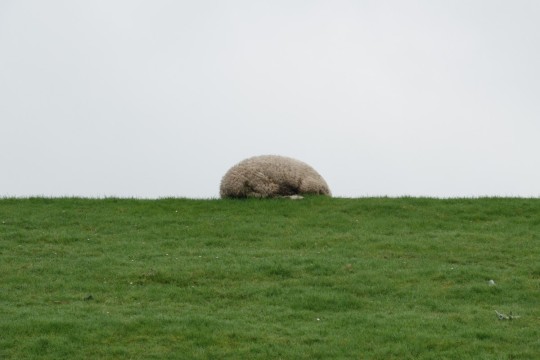
Dike, Husum
#visualzen#abstract#minimalism#photography#dike#derechtenorden#schleswigholstein#husum#northsea#nordsee#sheep#original photographers#photographers on tumblr
14 notes
·
View notes
Photo










how i imagine the gods/goddesses part i can’t remember
#greek mythology#geras#deimos#phobos#bia#ananke#oizys#dike#soter#zelos#alastor#gods#goddesses#not mine
444 notes
·
View notes
Text
Greek Gods 101: Dike
Dike is a Goddess of justice, fair judgements, and rights. Excluding the universal offerings, some common offerings include:
Scales Imagery or Figurines
Court Documents
Sword Imagery or Figurines
Blindfolds
Courthouse Imagery or Figurines
Gavel
Laurel Leaves
Laurel Wreaths
For devotional acts, some activities that can be done for her include:
Watching or Reading Court Proceedings
Reading Through Court Records
Judging People Fairly
Learning About the Justice System
Learning About the Law
Learning About the Law-Making Process
Researching Your Local Laws
She is celebrated in 1 Athenian holiday.
Demokratia
#dike#dike goddess#dike deity#deities#hellenism#helpol#hellenic#hellenic pagan#hellenic polytheism#hellenic community#hellenic polytheist#hellenic deities
19 notes
·
View notes
Photo

Dykes and landscapes
Dykes most frequently occur as igneous rocks which once were liquid magma that intruded older rocks. Dykes form as sub-vertical to vertical linear sheet-like features and can be millimetres to kilometres wide.
Dykes can contribute to formation of interesting landscape features. For example, in above photograph, the dyke was more resistant to weathering and erosion than the rock it intruded, and so, it gave rise to a tall protruding wall known as the Breadknife, the Warrumbungle National Park. Whereas, in the photograph below, the dyke is less resistant to weathering and erosion, and so erosion of the dyke resulted in formation of a slot or a gully in the cliff near Kiama, south coast NSW.
Erosion of surface features (such as rocks) at different rates is referred to as differential erosion.
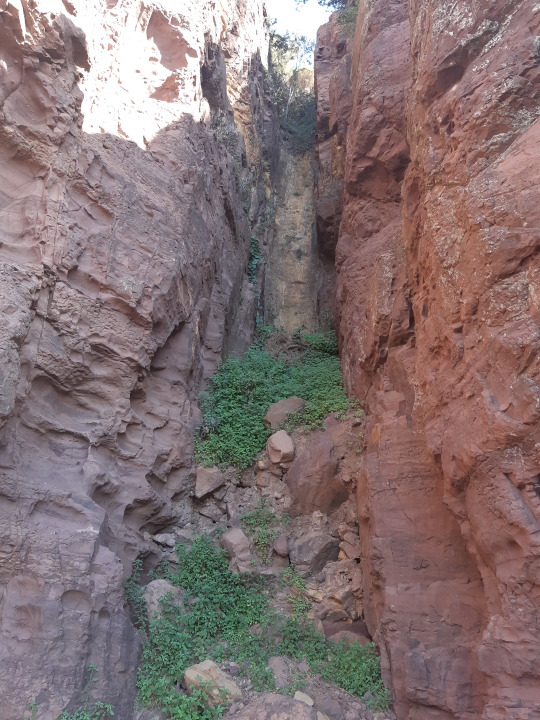
#geology#landscape#dyke#dike#rocks#igneous#erosion#nature#feature#Physical Geography#original photography#geography#science#earth science#warrumbungle#aestethic#trees#natures beauty#mountains#natural history#learning is fun#photooftheday#studyblr#drrock
344 notes
·
View notes
Text
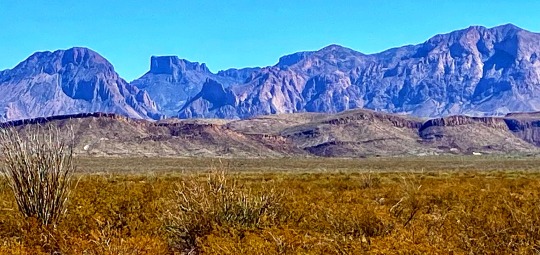
#big bend national park#chihuahuan desert#texas trans pecos#dike#casa grande#chisos mountains#purple mountains#hiking#photo by me
11 notes
·
View notes
Text
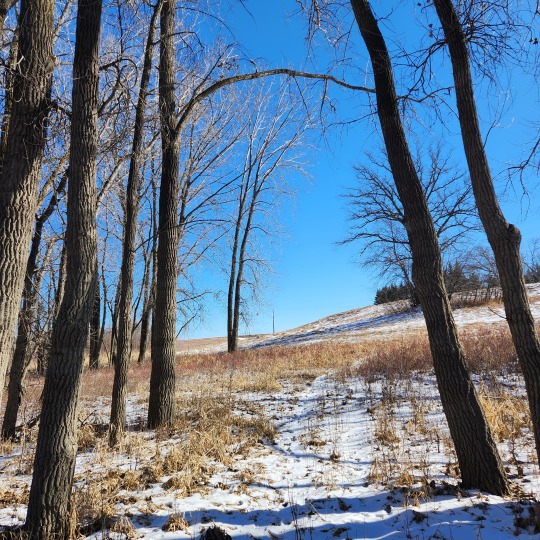
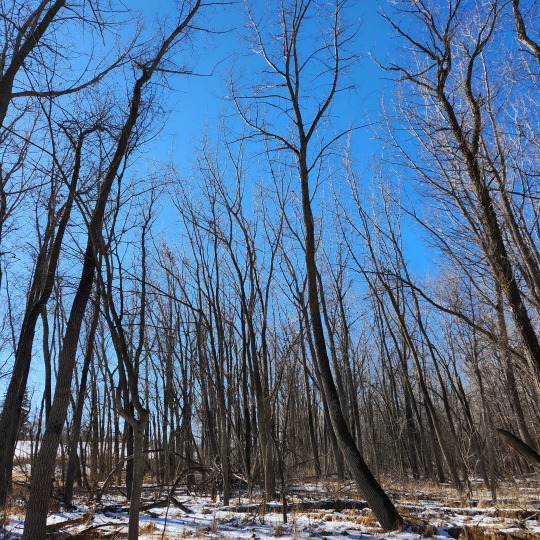
Crow Wing Trail - Manitoba, CA
3 notes
·
View notes
Text
Time to write about Dike being in love with Bruce like I've been daydreaming about for the past three weeks 💞
#you don't understand I need to write this#i did INDEPTH research about greek goddess of justice#ive decided on dike cause she's about human law but can overlap with “natural/divine law” with her mother Themis#also gonna write her going ham on adikia after jason dies hehehehe#batman#bruce wayne#greek goddess#dike
2 notes
·
View notes
Text
the muna dyke tank top except it says “igneous intrusion”


do you see the vision
#muna#geology#lesbian geologist#igneous rock#igneous intrusion#dyke#dike#pls I need other lesbian geologists to see this#I can’t share this with my straight(?) geology friends who all have girlfriends#rocks#lesbian#queer
3 notes
·
View notes
Text
"As for the opposite of dikē, which is hubris, I have already noted that this word is conventionally translated as ‘outrage’. But this translation does not capture adequately the metaphorical world of hubris as the opposite of dikē in the sense of ‘justice’. To understand in more depth the meaning of hubris as the opposite of dikē, I propose to outline the contexts in which we find the word hubris, and I divide these contexts into the realms of (1) humans; (2) animals; and (3) plants.
In the human realm, hubris refers to acts that provoke a sense of moral outrage, which calls for a response by humans and gods alike, and the response can take the form of social and cosmic sanctions respectively; in the Odyssey, for example, hubris refers frequently to the behavior of the suitors of Penelope (i 368 and so on). … As for the realm of animals, hubris refers more simply to any behavior that is violent (Herodotus 1.189) or sexual (as in Pindar Pythian 10.36)—though such behavior extends of course from animals to humans. As for the realm of plants, hubris refers to excessive productivity in one aspect of the plant, to the detriment of other aspects: for example, in the case of fruit-bearing trees and shrubs, hubris would result in the excessive production of wood or of leaves at the expense of the fruit itself.
I turn to a case described by the botanist Theophrastus (fourth / third century BCE). In the passage I am about to quote, Theophrastus is analyzing the behavior of the white lupin plant (Lupinus albus), a kind of shrub that bears a fruit (a kind of “bean”) that is even today commonly eaten as a snack in many parts of the Mediterranean world: The white lupin [shrub] becomes a-karpos [= stops bearing karpos,‘fruit’] when it gets wood-crazy, as it were, and behaves with exuberance [hubris]. Theophrastus About the aetiologies of plants (3.1.5) Or again, in the case of almond trees, soil that is poor in nutrients is better than rich soil for cultivating these trees if the objective is to produce plenty of almonds: For almond trees, poor soil [is preferable], for if the soil is deep and rich, the trees experience an exuberance [hubris] because of all the good nutrition, and they stop bearing fruit [a-karpeîn]. Theophrastus About the aetiologies of plants 2.16.812§14.
To counteract the undergrowth of fruit in plants, the cultivator must prevent the overgrowth of wood or leaves in order to restore equilibrium in growth. So the cultivator must regulate the plant. Theophrastus, in his treatise Research about plants (2.7.7), mentions a wide variety of ways to regulate, including the process of pruning (for example, the pruning of grape vines at 3.15.4); and he notes a traditional way for referring to such a process: you can say that the cultivator ‘punishes the plant that is committing hubris’ (kolazein hōs hubrizon to dendron). … As we saw at the beginning of this hour, a primary metaphor for dikē in the sense of ‘justice’ is a flourishing field or garden or orchard or grove or vineyard or any other such place where vegetation is cultivated. And now we see that hubris, which is the opposite of dikē, is a negative force that counteracts the flourishing of vegetation: hubris results in vegetal overgrowth and undergrowth. From a mythological point of view, the extreme landscapes of hubris are a wildland or a desert."
- The Ancient Greek Hero in 24 Hours by Gregory Nagy
3 notes
·
View notes
Photo

fruit of oracular Themis; sketching Dike in blue
#i know theres so much going on here#my art#devotional art#Dike#Dike deity#hellenic polytheism#helpol#personal
50 notes
·
View notes
Text

Deich. Klütjenfelder Hauptdeich. Hamburg, 12/2023
Foto: Vanja Stockhausen
#hamburg#photographers on tumblr#original photography#wilhelmsburg#hamburg wilhelmsburg#dike#veddel#dyke
19 notes
·
View notes
Text
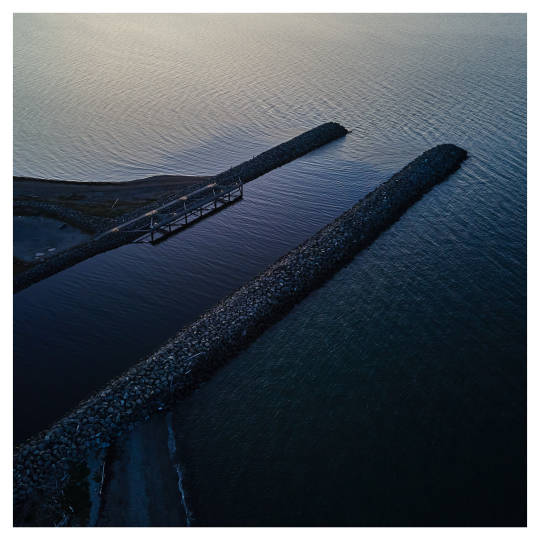
canal, rue du barachois, matane
22 notes
·
View notes